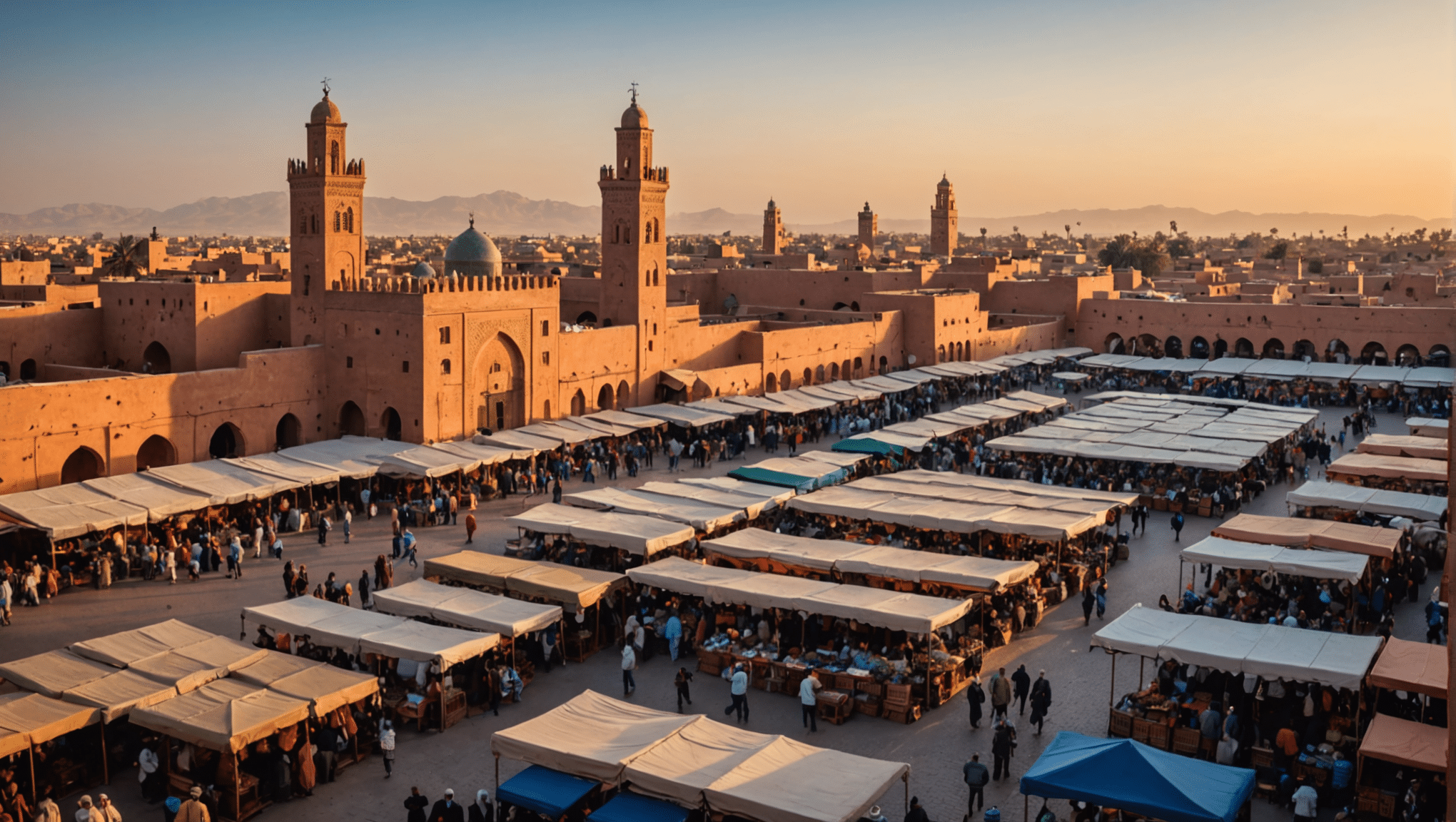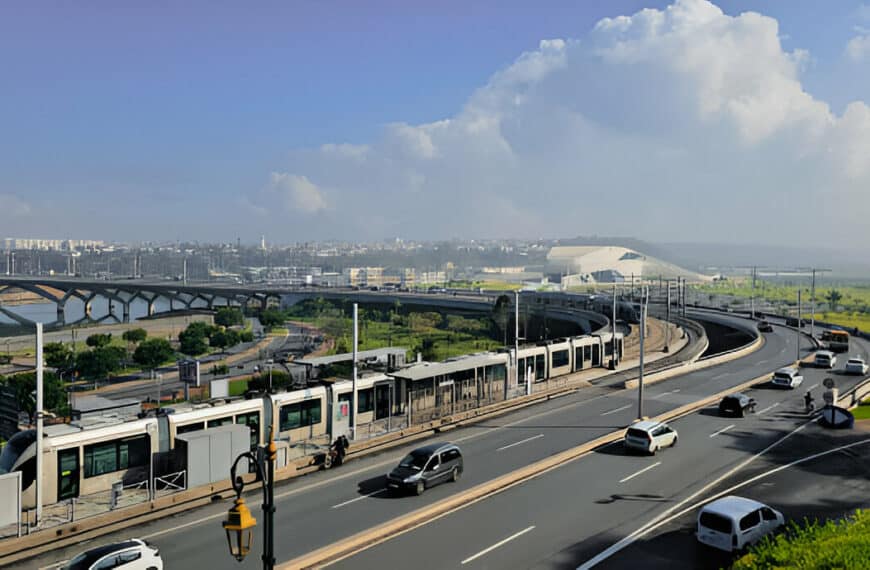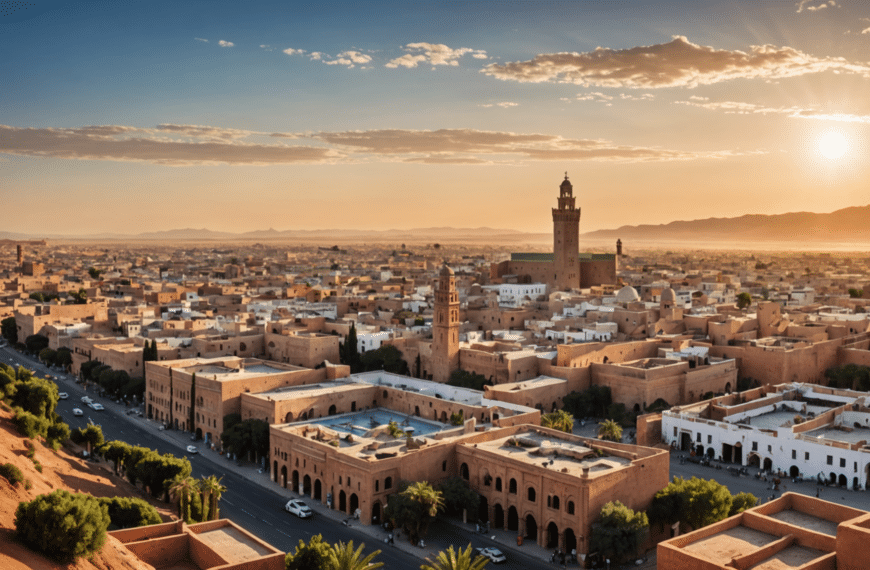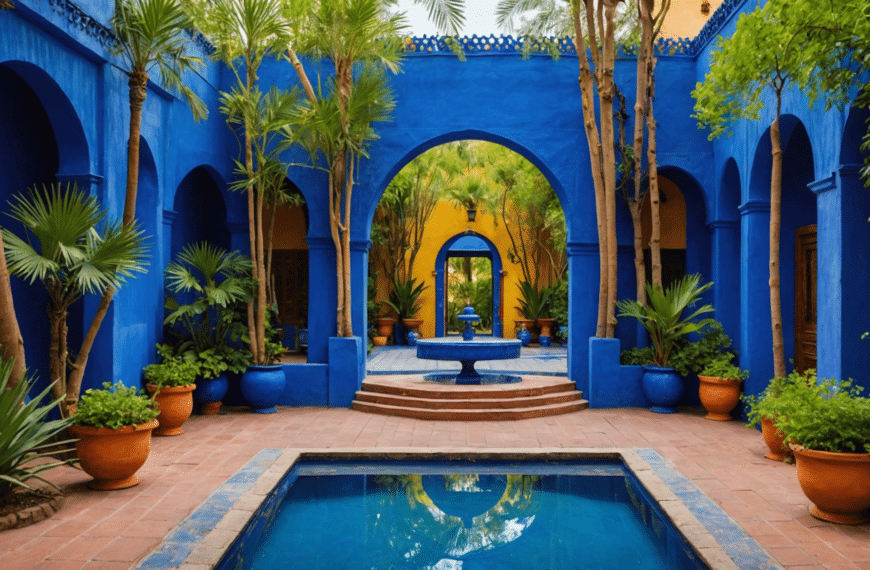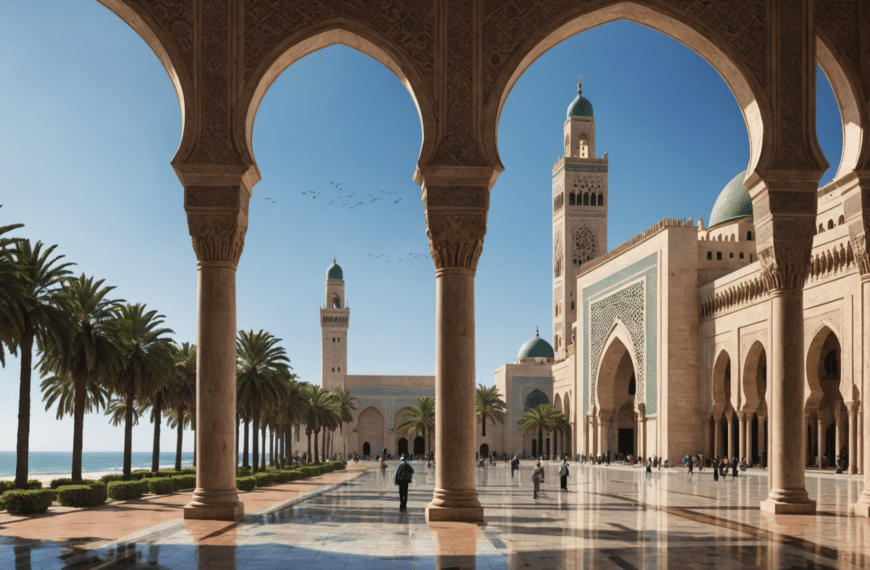The heart of Marrakech, the Medina, is not just a historical site but a vibrant tapestry of culture, tradition, and daily Moroccan life. Its significance extends beyond its ancient walls, offering visitors a profound glimpse into the soul of Morocco.
The Historical Importance of the Medina
Established in the 11th century by the Almoravid dynasty, the Medina of Marrakech is a UNESCO World Heritage site that has played a pivotal role in Moroccan history. This ancient city center was a political, economic, and cultural hub in Morocco and for the wider Islamic world. The Medina’s intricate layout of narrow streets and historic buildings reflect architectural and artistic styles that have evolved over centuries, influenced by both Arab and Berber cultures.
Cultural Tapestry and Daily Life
Within the red walls of the Medina lies a bustling ecosystem. Here, traditional Moroccan life continues amidst the historical backdrop. Artisans craft goods as their forefathers did, using techniques passed down through generations. In the souks, or markets, you can find everything from spices to textiles to intricately designed pottery. The sounds of bargaining, the scent of street food, and the vibrant colors create an immersive sensory experience that is quintessentially Moroccan.
Architectural Marvels
The architecture within the Medina tells stories of various epochs. From the iconic Koutoubia Mosque to the opulent Bahia Palace, these structures are masterpieces of Islamic art and architecture. The use of zellij (mosaic tilework), intricate carvings, and ornate plasterwork are testaments to the skilled craftsmen who have populated Marrakech over centuries. Each building and alleyway offers a unique window into the past, making the Medina a living museum for all who wander its paths.
Social and Economic Hub
The Medina does not only serve as a cultural and historical site but also stands as a thriving center for commerce. The souks are among the most famous in Morocco, attracting both locals and tourists alike. Here are some key aspects:
- Vibrant marketplaces selling traditional Moroccan crafts.
- Cafes and eateries offering local delicacies like tagine and mint tea.
- Workshops where artisans produce goods in front of your eyes.
These elements make the Medina not just a place to visit, but a place to interact and engage with the real Morocco.
Preservation Efforts and Challenges
Preserving such an expansive and historically rich area comes with significant challenges. The balance between maintaining the integrity of ancient structures while accommodating modern needs is delicate. Efforts by local authorities and international organizations aim to preserve buildings, promote traditional crafts, and improve infrastructure without compromising the historical character of the Medina.
In conclusion, Marrakech’s Medina remains a cornerstone of Moroccan heritage. Its labyrinthine alleys and bustling squares offer more than just beauty; they provide insight into centuries-old traditions that continue to influence life in Morocco today. For anyone seeking to understand Morocco’s heart and soul, a visit to this remarkable Medina is essential.

